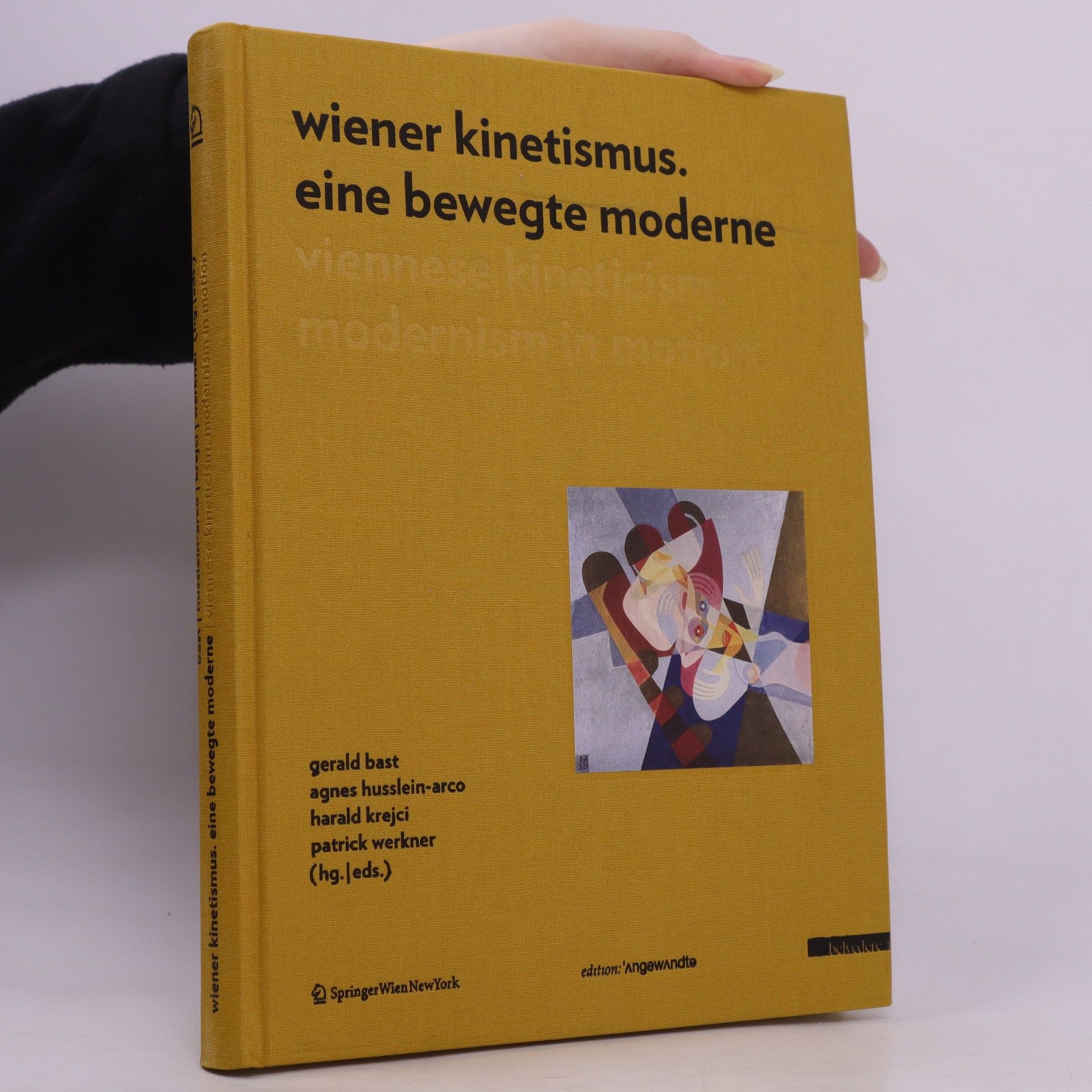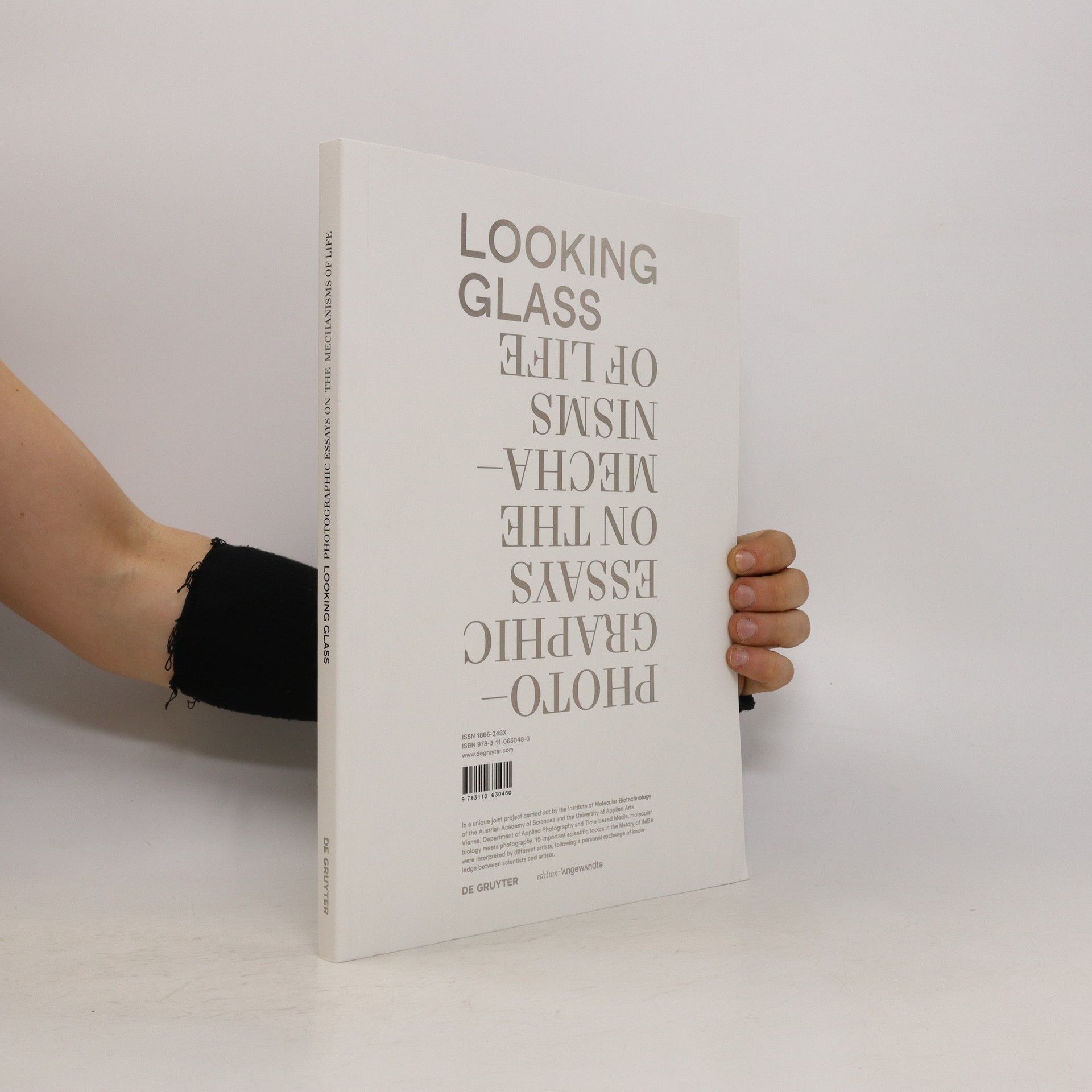Futures Brought to Life
We are no Futurists






We are no Futurists
Photographic Essays on the Mechanisms of Life
Art and science - both disciplines query concepts and theories, explore new contexts, and render abstract information tangible. Both are strongly motivated by creativity and the ability to visualize. Looking Glass combines the two genres in a playful manner: photography and molecular biology. The book conveys highly complex content in an emotional-esthetic way, and thereby shines a new light on pure molecular research: groundbreaking discoveries made at the IMBA and published in prestigious media (Nature, Cell, Science and others) are transformed into unique photo galleries--visualized with applied photography--which imbue the fundamental mechanisms of life with stories.
In dem Band setzt sich der Künstler Ernst Logar mit Erdöl und dessen Bedeutung für unsere Zivilisation auseinander. Am Beispiel der schottischen Erdölmetropole Aberdeen reflektiert er unsere Abhängigkeit von diesem Rohstoff in Fotografien und in anderen künstlerischen Arbeiten, die aus Erdöl hergestellt wurden. Der renommierte Forscher Ernst Ulrich von Weizsäcker und der Energieexperte Herman Scheer diskutieren in ihren Essays die Frage, wie die Weichenstellungen in Zukunft zu setzen sind, um eine nachhaltige Ressourcennutzung zu erreichen.
Der Wiener Kinetismus ist einer der wenigen Beiträge Österreichs zur internationalen Avantgarde der Zwischenkriegszeit. Entstanden als revolutionäres pädagogisches Experiment an der Wiener Kunstgewerbeschule verkörpert der Kinetismus (vom griech. Wort kinesis für Bewegung) eine Kunstrichtung, die das Dargestellte in Bewegungsabfolgen bzw. in rhythmische Elemente zerlegt. Die Publikation stellt den Kinetismus als ein noch zu entdeckendes Kapitel der Wiener Moderne vor – samt seinen historischen Bedingungen und ideengeschichtlichen Zusammenhängen.
Die Buchreihe der Universität für angewandte Kunst Wien Edition Angewandte, herausgegeben von Rektor Dr. Gerald Bast, erscheint themenabhängig in den Verlagen Birkhäuser und De Gruyter. Veröffentlicht werden Sammelbände, Dokumentationen und Monografien aus den Bereichen Architektur, Bildende und Mediale Kunst, Design, Konservierung und Restaurierung, Kunstwissenschaften, Kunstpädagogik, Kunstvermittlung und Sprachkunst. Die seit 2007 bestehende Reihe wird mittlerweile in der Öffentlichkeit als starke Plattform für relevante Veröffentlichungen aus Kunst und Wissenschaft wahrgenommen. Die Bücher erscheinen in deutscher wie auch in englischer Sprache.
Die heutige Universität für angewandte Kunst Wien ist aus der Kunstgewerbeschule des k. k. Österreichischen Museums für Kunst und Industrie hervorgegangen. 1867 gegründet, feiert sie nun ihr 150jähriges Jubiläum. Die Kunstgewerbeschule war eine der Geburtsstätten des Wiener Jugendstils, hier lehrten Josef Hoffmann und Kolo Moser, hier wurden Gustav Klimt und Oskar Kokoschka ausgebildet, und später auch die erste prominente Architektin Österreichs, Margarete Schütte-Lihotzky. Das Buch gibt über die historische Entwicklung von der Kunstgewerbeschule bis zur heutigen „Angewandten" Auskunft. In einer umfangreichen Darstellung wird nicht nur die Vielfalt aller heutigen Studienrichtungen zwischen Architektur, Design und bildender Kunst sichtbar, sondern auch deren Zukunftsperspektive.
„uni*vers" präsentiert aktuelle Forschungsprojekte aus den Geistes- und Naturwissenschaften, die an der Universität für angewandte Kunst Wien und der Akademie der bildenden Künste Wien im Zuge eines Doktorats durchgeführt wurden. Die im Band vorgestellten Beiträge gliedern sich thematisch in die Kapitel: Unsichtbares im Blickfeld, Betrachtungen zur Kunst- und Kulturgeschichte, Fokus Wien, Technik und Kulturerbe, Architektur und Kulturkritik. Die wissenschaftliche Arbeit der NachwuchsforscherInnen trägt – neben der künstlerischen – schon heute wesentlich zur Reputation der beiden Institutionen bei. Vor dem Hintergrund der Europäischen Wissenschafts- und Forschungspolitik verweist die Diversität der präsentierten Fragestellungen, Methoden und Inhalte auf die hohe Innovationsfähigkeit an den beiden Kunstuniversitäten. Aus gegenseitiger Befruchtung von Wissenschaft, Kunst und Technik schöpfend, loten sich disziplinäre Grenzen neu aus.